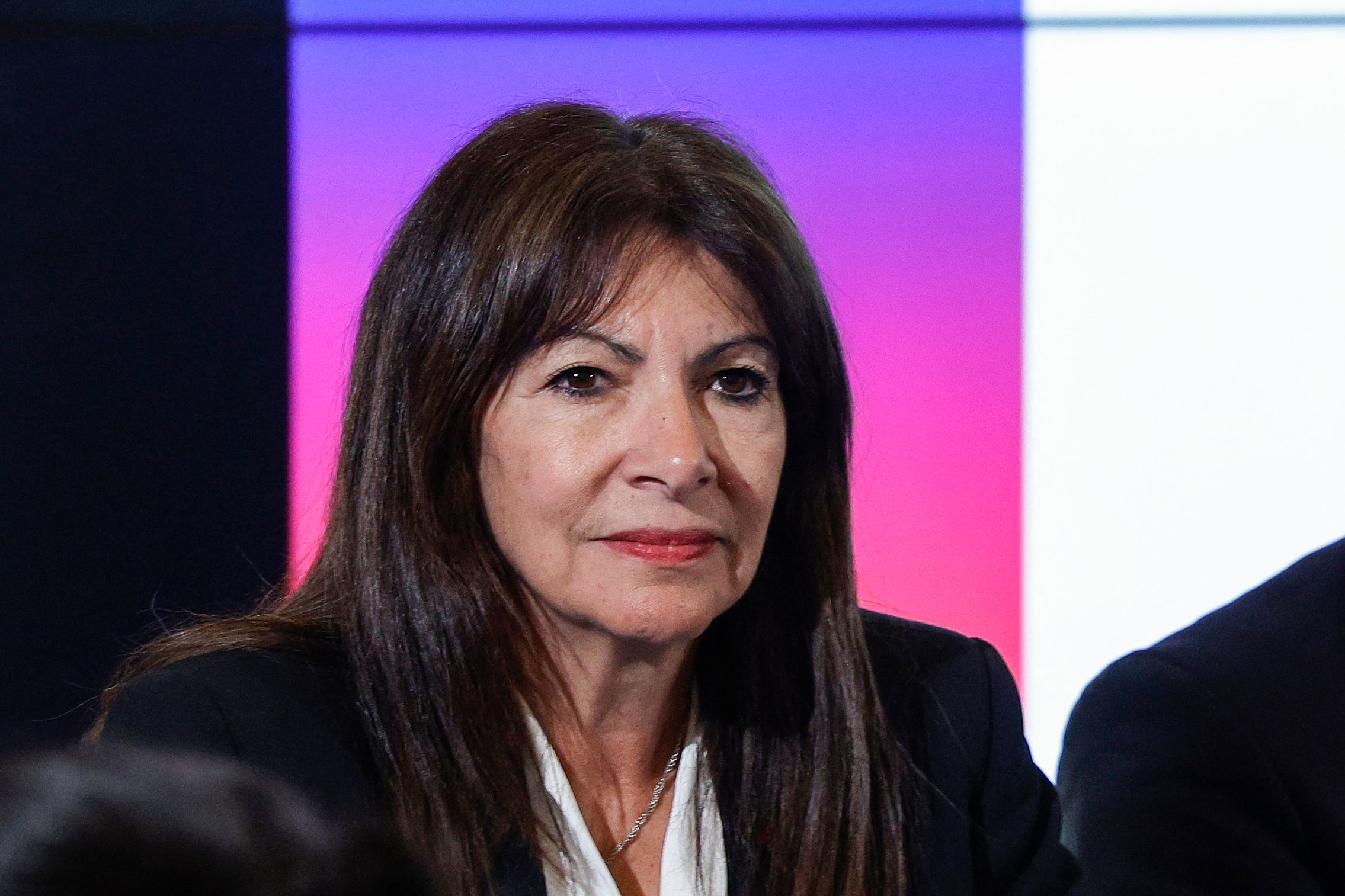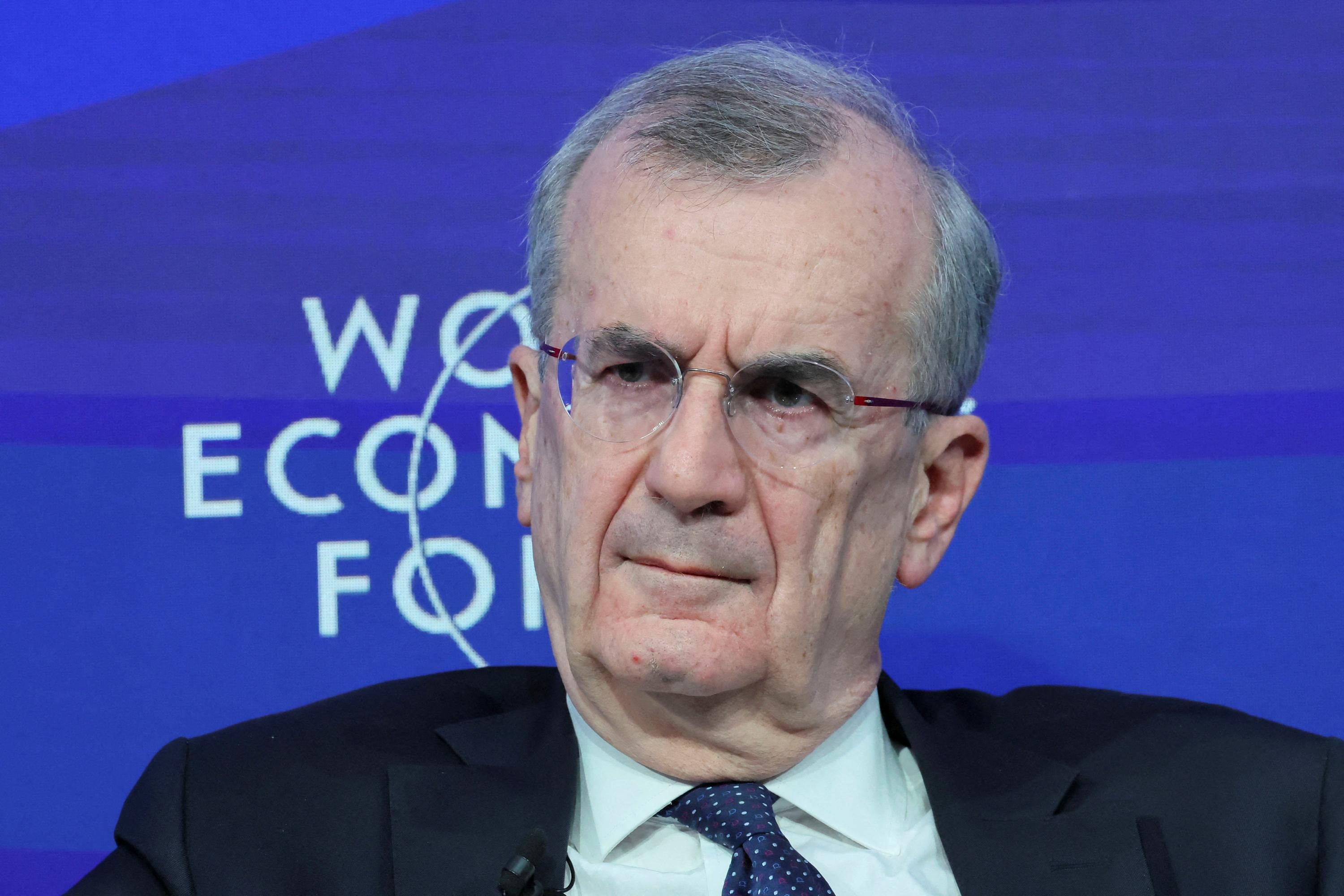A madman grilled with absinthe, having shot himself after a first laughable attempt with a straight razor on the ear. Here is in essence the image that the philistine retains of Vincent Van Gogh, archetype of the accursed artist, a caricature aimed at discrediting his work, because as Chamfort says, three quarters of madness is just nonsense... But portrait based on factual elements, and difficult to refute outright. The challenge of Le Figaro Hors-Série, this October evening at the Collège des Bernardins, was to present to its readers the most eminent specialists of the painter to find the real Van Gogh, a thousand miles from the cliché, by focusing on his last two months of life in Auvers-sur-Oise, which are currently the subject of a magnificent exhibition at the Musée d'Orsay.
The director of Le Figaro Hors-Série, Michel de Jaeghere, immediately summed up the ambition of the evening: after reading the special issue on Van Gogh, seeing him (before going to the museum) and hearing him, in other forms, to extend the experience of the journal. Marie-Christine Cavecchi, president of the Val d'Oise department, partner of the event, then spoke of the two Van Gogh brothers resting forever in Auvers-sur-Oise, and the seventy and some paintings that Vincent painted there, including the most magnificent and dreamlike. Beautiful images for the mind, as a high-level round table then began. Emmanuel Coquery, curator of the Musée d'Orsay exhibition, launched the debates by emphasizing the hope that this final phase of creation paradoxically represents: “Van Gogh's end is not as tragic as we believe. There is a sense of accomplishment in this last period” of which blue is the constant note, when yellow would be that of Arles and the South. Art consoles Van Gogh in his journey, even if it will very soon prove fatal. Wouter Van der Veen, a world-renowned specialist on the painter, agreed: it is Van Gogh's constant functioning to seek comfort, confidence, optimism in art: after reading avidly the French naturalist writers, the Dutch had turned to Rabelais, Daudet, more lively, more consoling...
The editor-in-chief Isabelle Schmitz, with charm and enthusiasm, guided the speakers, on concrete questions like Van Gogh and the strange Doctor Gachet d'Auvers, and on this so touching melancholy of Van Gogh, who hopes while despairing... Mélina de Courcy, art historian, punctuated the debates and plunged the room into delight, with a few dissertations on the master's paintings. The houses in Auvers, “pastoral symphony in blue green yellow”, and this “fraternal gaze of Van Gogh when he looks at creation”; the portrait of Armand Roulin, with false melancholy; and finally two self-portraits, including that of Saint-Rémy-de-Provence, with green and gray eyes, where “one hears something like the high-pitched note of a whistle of alarm”. And to quote Antonin Artaud: “No, Van Gogh was not crazy. He was endowed with a terrible sensitivity, a superior lucidity, which allowed him to see well beyond appearances.
An observation from which François-Bernard Michel, honorary president of the National Academy of Medicine, and the Academy of Fine Arts, started to sketch a clinical portrait of the Van Gogh case. We learned that melancholy, a real illness, is today called bipolarity, characterized by the alternation of excitement and depression. Van Gogh never found any consolation to alleviate his pain, except in alcohol and his toxic version of absinthe. The disorder is also distinguished by the anxiety it generates: is this what got the better of the painter's desire to live? Without deciding, with finesse, François-Bernard Michel and Wouter Van Der Veen considered the causes of the irreparable act: fear of missing out when Theo announced to Vincent that he was considering leaving his job, and therefore possibly no longer being able to finance it , influence of a very Calvinist "guilt" of existing with which the painter is imbued and which torments him... An exchange as erudite as it is lively, which touched the public, and gave it a new image of the painter, gentle, intelligent... upsetting.
Enough for us to enter into an imaginary conversation, following the paintings projected on a giant screen. Van Gogh, these fascinating clerics did not give you artificial praise, they spoke of your life without pretense; you sometimes seem to irritate them, but you always move them. They showed your paintings, before sending us to the museum to get to know you better. But Van Gogh, they spoke so well of you that we don't want to wait. Speak to us now, friend: tell us about your suffering or your joys, about your creation. Open up, the Bernardins auditorium is all ears because they want some explanations about your genius, but they also and above all have a lot of tenderness for you.
Yes, an intimate dialogue was necessary. We would have a real conversation, we would have more, in this second part of the evening which was beginning. Gérard Rouzier would play Van Gogh: actor and director, the man is known for performing remarkable spiritual pieces: The Gospel According to Saint John, Akédia, or Charles de Foucauld, the Universal Brother. Denis Coquet would take his place next to him; philosopher, artist who led the monastic life for twelve years. Their piece Van Gogh, the absolute quest, is based on the writings of Vincent to his brother Théo, said by Rouzier, and an - improvised - commentary on their significance, by Coquet.
Van Gogh-Rouzier, red beard and very fin de siècle linen shirt immediately made an impression: “What am I in the eyes of most people? A nullity. An eccentric or unpleasant man. Someone who has no position in society, or who will not have one. Well, a little less than nothing […] But I would like to show through my work what is in the heart of such nullity. This is my ambition, based less on resentment than on love, despite everything.” The specialists had not lied to us... Denis Coquet explored exciting new keys: desire, beauty, -religious- love towards one's neighbor. “Beauty takes Van Gogh out of incarceration, opens his eyes to this elsewhere for which he is so thirsty,” described the philosopher. But not perfect, academic beauty, which matters little to the painter. The beauty that speaks to him is that of the authentic human being. This beauty of people who truly live, no matter how beautiful or ugly they are. Van Gogh looks for it in others, and is unaware that he has it in himself: he unknowingly assumes his legitimate strangeness, according to René Char's formula. The duo on stage excelled in making us understand the paradox of these torments so pure, so benevolent. And the painter’s faith: “I took the side of active melancholy,” he continued. I preferred the melancholy which hopes and aspires and seeks, to that which is gloomy and stagnant, despairing. I definitely refuse to give in.” Until the end, until Auvers, Van Gogh wanted to “believe” in it, to force his smile as well as his colors. And no, he wasn't crazy, or we're not crazy enough.
>> Relive in video the Van Gogh evening of Figaro Hors-Série at the Collège des Bernardins

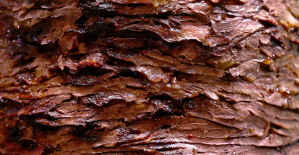 In Germany, the far left wants to cap the price of “doner kebabs”
In Germany, the far left wants to cap the price of “doner kebabs” Israel-Hamas war: Gaza between hope of truce and fear of Israeli offensive in the South
Israel-Hamas war: Gaza between hope of truce and fear of Israeli offensive in the South “Mom, Dad, please don’t die”: in the United States, a nine-year-old child saves the lives of his parents injured in a tornado
“Mom, Dad, please don’t die”: in the United States, a nine-year-old child saves the lives of his parents injured in a tornado War in Ukraine: Putin orders nuclear exercises in response to Macron and “Western leaders”
War in Ukraine: Putin orders nuclear exercises in response to Macron and “Western leaders” A baby whose mother smoked during pregnancy will age more quickly
A baby whose mother smoked during pregnancy will age more quickly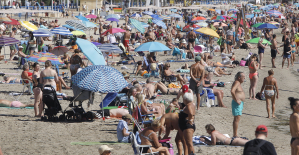 The euro zone economy grows in April at its best pace in almost a year but inflationary pressure increases
The euro zone economy grows in April at its best pace in almost a year but inflationary pressure increases Children born thanks to PMA do not have more cancers than others
Children born thanks to PMA do not have more cancers than others Breast cancer: less than one in two French women follow screening recommendations
Breast cancer: less than one in two French women follow screening recommendations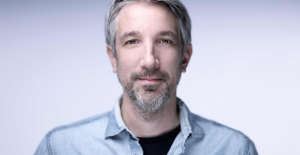 Call for strike on Sunday at Radio France against “the repression of insolence and humor” after the suspension of Guillaume Meurice
Call for strike on Sunday at Radio France against “the repression of insolence and humor” after the suspension of Guillaume Meurice Disney: profitable streaming for the first time, after 5 years of losses
Disney: profitable streaming for the first time, after 5 years of losses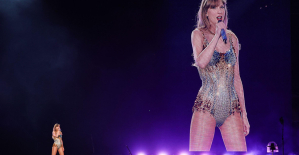 “I’m going to four concerts... I spent 1,255 euros”: for Taylor Swift, these fans ready to break the bank
“I’m going to four concerts... I spent 1,255 euros”: for Taylor Swift, these fans ready to break the bank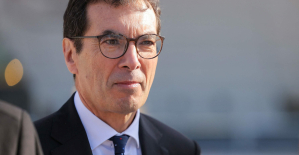 SNCF: the CEO defends the agreement on the end of career, “reasonable, balanced and useful”
SNCF: the CEO defends the agreement on the end of career, “reasonable, balanced and useful”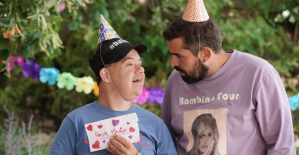 A little something extra, signed Artus, exceeds one million entries in less than a week
A little something extra, signed Artus, exceeds one million entries in less than a week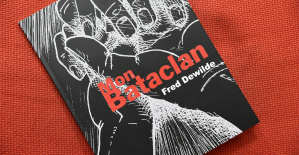 Fred Dewilde, designer and Bataclan survivor, ended his life
Fred Dewilde, designer and Bataclan survivor, ended his life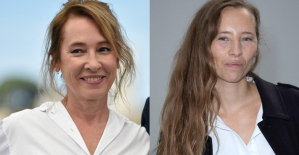 “I don’t appreciate being used as media cannon fodder”: Emmanuelle Bercot responds to Isild Le Besco
“I don’t appreciate being used as media cannon fodder”: Emmanuelle Bercot responds to Isild Le Besco Who is Deborah de Robertis, the artist who painted The Origin of the World?
Who is Deborah de Robertis, the artist who painted The Origin of the World? Omoda 7, another Chinese car that could be manufactured in Spain
Omoda 7, another Chinese car that could be manufactured in Spain BYD chooses CA Auto Bank as financial partner in Spain
BYD chooses CA Auto Bank as financial partner in Spain Tesla and Baidu sign key agreement to boost development of autonomous driving
Tesla and Baidu sign key agreement to boost development of autonomous driving Skoda Kodiaq 2024: a 'beast' plug-in hybrid SUV
Skoda Kodiaq 2024: a 'beast' plug-in hybrid SUV The home mortgage firm rises 3.8% in February and the average interest moderates to 3.33%
The home mortgage firm rises 3.8% in February and the average interest moderates to 3.33% This is how housing prices have changed in Spain in the last decade
This is how housing prices have changed in Spain in the last decade The home mortgage firm drops 10% in January and interest soars to 3.46%
The home mortgage firm drops 10% in January and interest soars to 3.46% The jewel of the Rocío de Nagüeles urbanization: a dream villa in Marbella
The jewel of the Rocío de Nagüeles urbanization: a dream villa in Marbella Europeans: David Lisnard expresses his “essential and vital” support for François-Xavier Bellamy
Europeans: David Lisnard expresses his “essential and vital” support for François-Xavier Bellamy Facing Jordan Bardella, the popularity match turns to Gabriel Attal’s advantage
Facing Jordan Bardella, the popularity match turns to Gabriel Attal’s advantage Europeans: a senior official on the National Rally list
Europeans: a senior official on the National Rally list Blockade of Sciences Po: the right denounces a “drift”, the government charges the rebels
Blockade of Sciences Po: the right denounces a “drift”, the government charges the rebels These French cities that will boycott the World Cup in Qatar
These French cities that will boycott the World Cup in Qatar Mercato: Thiago Silva returns to Brazil and signs for Fluminense
Mercato: Thiago Silva returns to Brazil and signs for Fluminense Top 14: at what time and on which channel to follow the clash at the Toulouse-Stade Français summit?
Top 14: at what time and on which channel to follow the clash at the Toulouse-Stade Français summit? Tennis: Paula Badosa, former world No.2, passes the 1st round in Rome
Tennis: Paula Badosa, former world No.2, passes the 1st round in Rome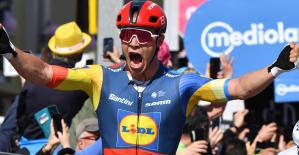 Tour of Italy: Italian Jonathan Milan wins the 4th stage, Pogacar still leader
Tour of Italy: Italian Jonathan Milan wins the 4th stage, Pogacar still leader






